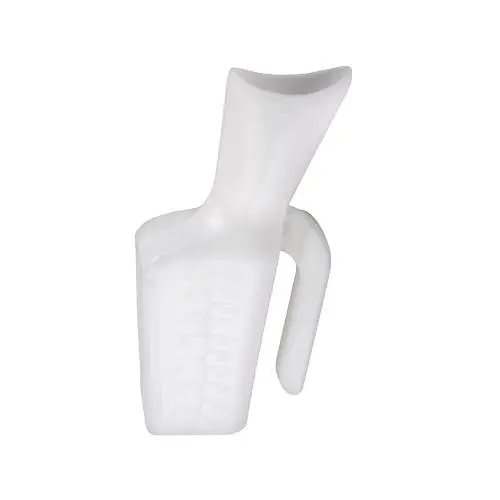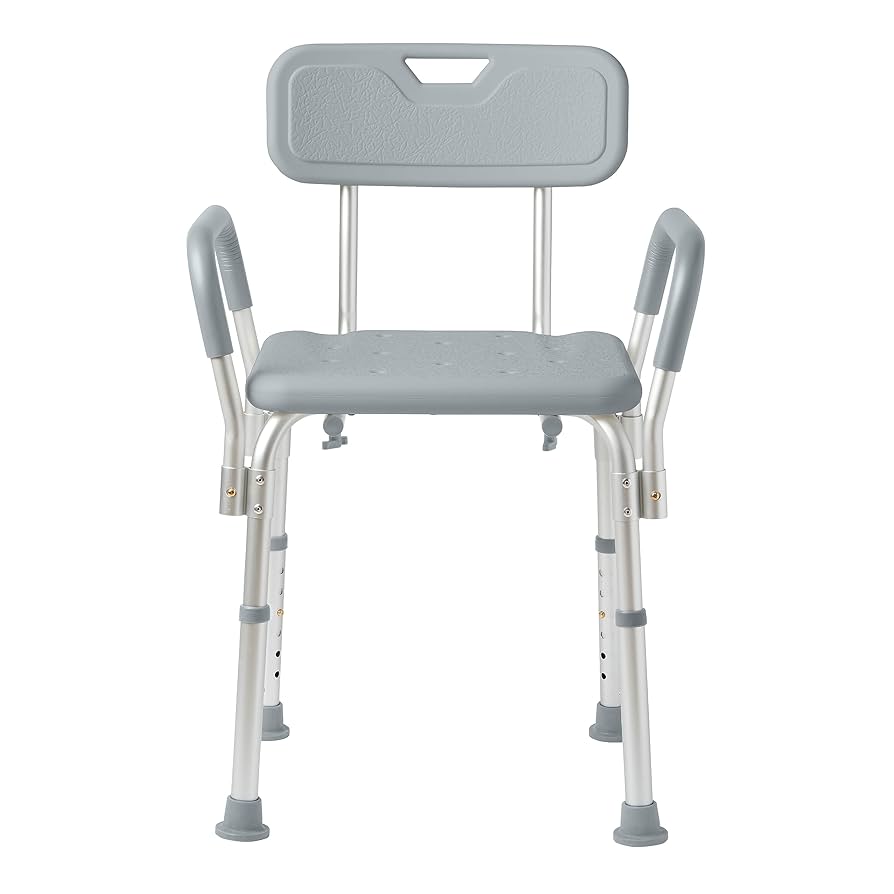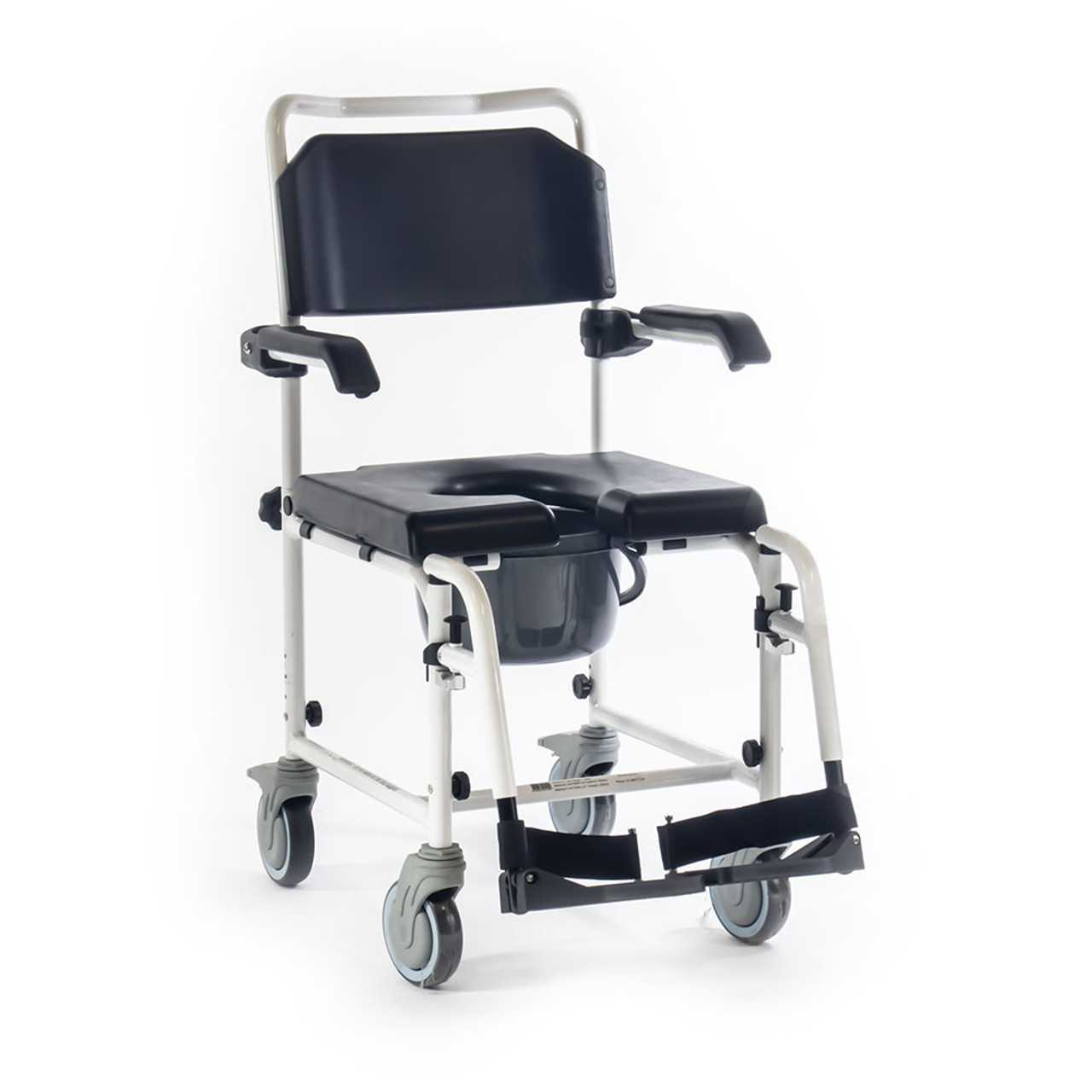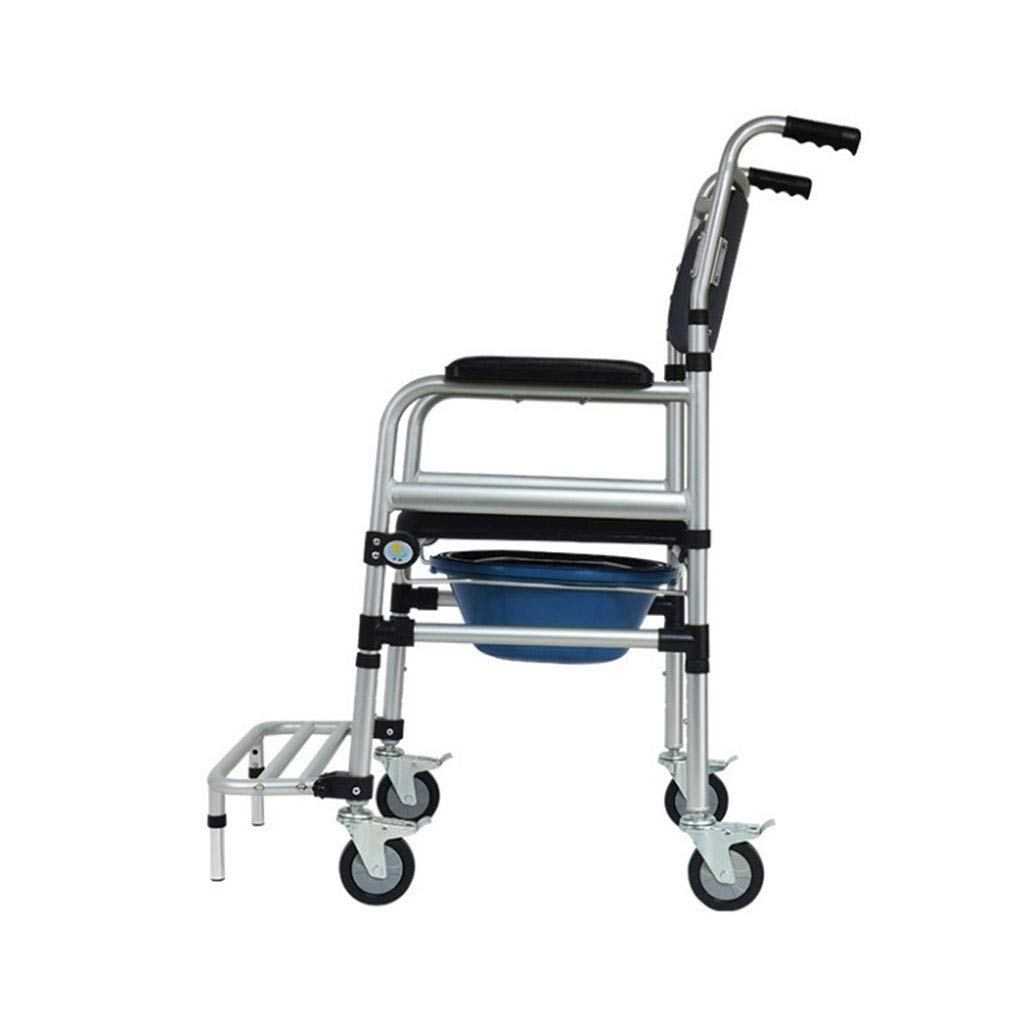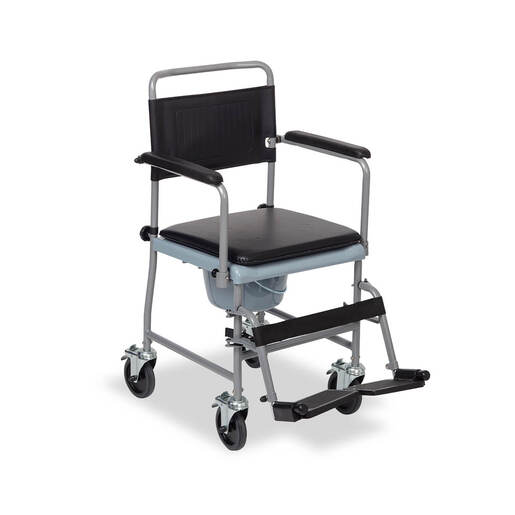A head mirror, also known as an otoscope head mirror, is a medical instrument used by healthcare professionals, particularly ear, nose, and throat (ENT) specialists, to illuminate and examine the ear, nose, throat, and other areas of the head. Here's a brief description:
-
Design:
- The head mirror consists of a concave mirror attached to a headband. The mirror is typically made of glass and may have a reflective coating to enhance its reflective properties.
-
Headband:
- The headband is adjustable and is worn around the forehead. It allows the healthcare professional to position the mirror in front of one eye while leaving the other eye free for direct observation.
-
Concave Mirror:
- The mirror is concave in shape, which helps concentrate and focus light. This allows for better illumination of the examination area, especially in the relatively dark areas of the ear, nose, and throat.
-
Light Source:
- The head mirror relies on an external light source, often provided by a handheld otoscope or a ceiling-mounted light, to reflect light onto the area being examined. The concave mirror reflects and focuses this light.
-
Hands-Free Operation:
- The hands-free nature of the head mirror allows healthcare professionals to use both hands for examination and procedures, providing greater flexibility and precision during diagnostic and treatment procedures.
-
Applications:
- Head mirrors are commonly used in otolaryngology (ENT) examinations. They are particularly useful for examining the ear canal, tympanic membrane, nasal passages, and throat. The hands-free design is advantageous in procedures such as ear wax removal or minor surgical interventions.
-
Adjustability:
- The head mirror is designed to be adjustable to accommodate different head sizes and ensure a comfortable fit for the healthcare professional.
-
Skill and Technique:
- Using a head mirror requires skill and practice. Healthcare professionals must learn how to position the mirror to direct the light accurately onto the area of interest and effectively visualize anatomical structures.
-
Sterilization:
- Depending on the design and materials, some head mirrors may be sterilizable to ensure proper infection control practices in clinical settings.
-
Complementary Tools:
- Head mirrors are often used in conjunction with other diagnostic tools, such as otoscopes and laryngoscopes, to provide a comprehensive examination of the head and neck.

